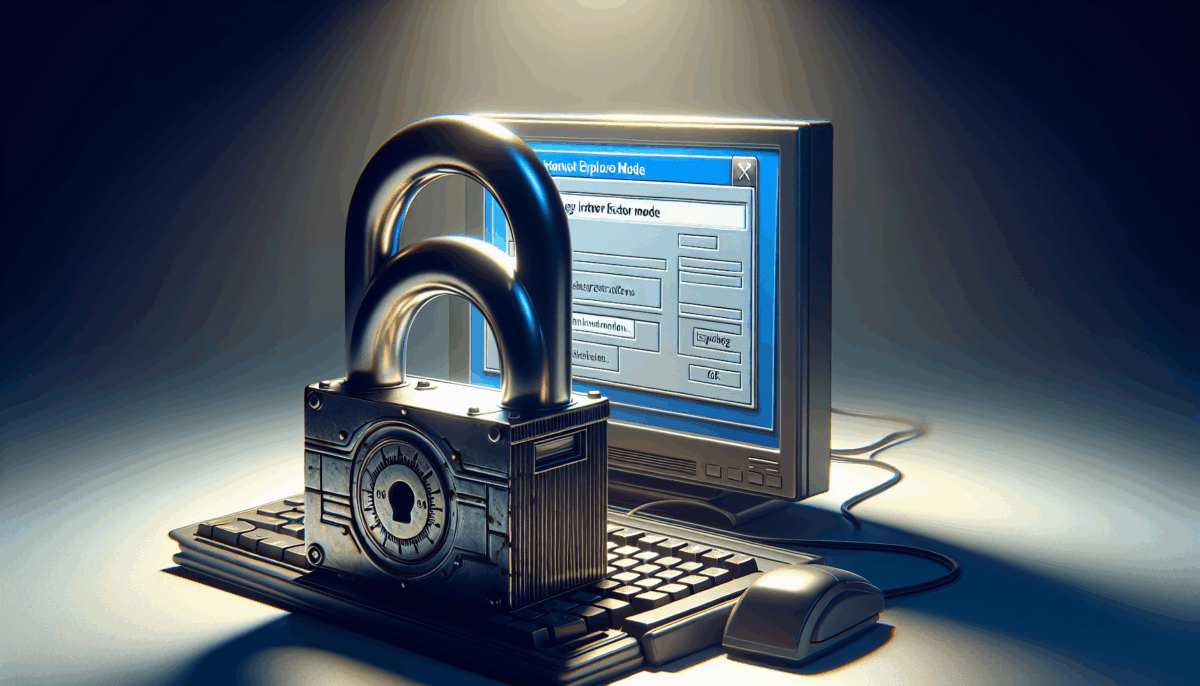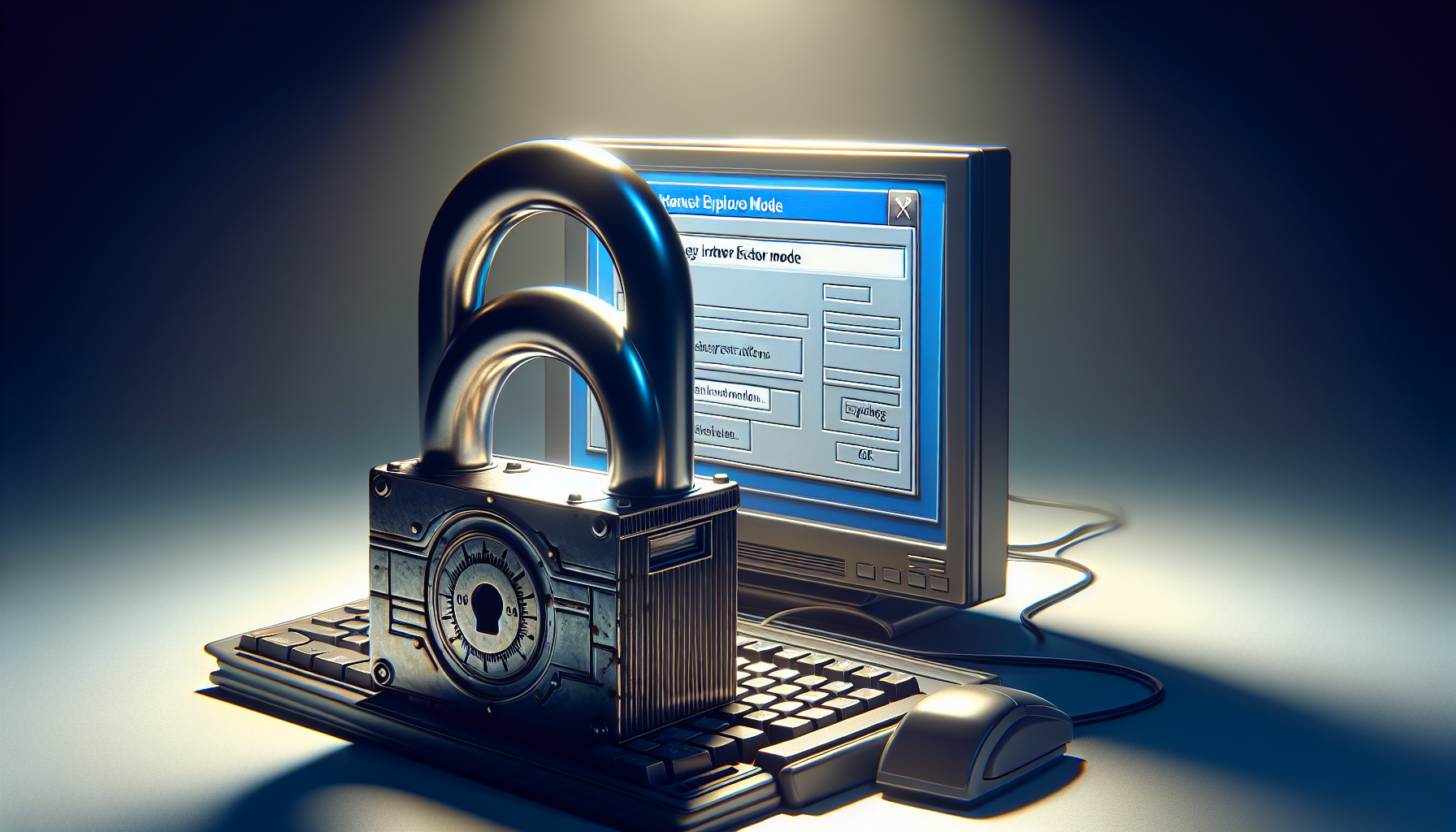Microsoft tightens restrictions on exploited legacy IE mode in Edge browser
We independently review everything we recommend. When you buy through our links, we may earn a commission which is paid directly to our Australia-based writers, editors, and support staff. Thank you for your support!

Brief Overview
- Microsoft’s Edge browser encounters security issues due to its legacy IE mode.
- Malicious actors utilize social engineering to circumvent security improvements.
- Some websites still operate in IE mode, relying on obsolete technologies.
- Microsoft eliminates critical access points for IE mode to bolster security.
- Questions remain regarding the Chakra vulnerability patch within IE mode.
Context on Internet Explorer and Edge
Microsoft’s Edge browser, built on the open-source Chromium framework, signifies a major advancement from the now-retired Internet Explorer (IE). Even though IE officially reached end-of-life status in June 2022, its legacy mode continues to function within Edge to accommodate older technologies that certain sites depend on, such as Microsoft ActiveX and Adobe Flash.
Security Issues with IE Mode
Legacy IE mode in Edge remains an attractive target for cybercriminals due to its inadequate architecture when compared to contemporary browsers. In recent times, cybercriminals have deployed social engineering strategies to take advantage of vulnerabilities in IE mode, notably a zero-day exploit in the Chakra JavaScript engine, which allows them to perform remote code execution and possibly gain total control over a user’s device.
Microsoft’s Approach to Security Threats
In response to these security challenges, Microsoft’s Edge security team has removed major entry points for enabling IE mode, including the toolbar button and context menu. Users are now required to activate IE mode on a per-site basis, enhancing security by minimizing unintentional activation.
Current Situation and Future Considerations
Though these modifications signify a positive advancement in securing Edge, uncertainties linger regarding the complete resolution of the Chakra vulnerability. Organizations that depend on IE mode must remain alert and ensure they implement any forthcoming updates from Microsoft to safeguard their networks.

Conclusion
Microsoft’s modifications to Edge’s legacy IE mode are intended to improve browser security by curtailing automatic access to this vulnerable feature. While this initiative fortifies defenses against recent exploit tactics, ongoing diligence and updates are essential for users dependent on IE mode for compatibility purposes.
